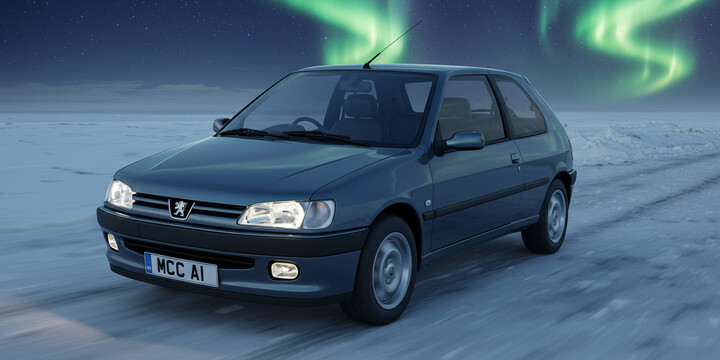
PEUGEOT 206 (1998-10) 3DR HATCHBACK 1.1 ENTICE
The PEUGEOT 206 (1998-10) 3DR HATCHBACK 1.1 ENTICE is a popular and practical small car that has earned its place in the UK market as a reliable and affordable choice for everyday driving. As a compact hatchback, it's ideal for city commuting, running errands, or new drivers looking for an easy-to-manage vehicle. With a typical mileage around 76,913 miles and a history of multiple previous owners, this model is well-suited for those seeking a budget-friendly, yet dependable used car.
What sets the PEUGEOT 206 1.1 ENTICE apart is its classic design, manageable size, and respectable fuel economy, making it a standout choice among rivals in its class. Known for its straightforward driving experience and low running costs, it remains a sensible option for first-time buyers, students, or small families that need a car for daily use. Its reputation for reliability and affordability makes the PEUGEOT 206 a trusty companion on UK roads. Whether you're after a car that's economical to run or a simple, stylish hatchback, the PEUGEOT 206 (1998-10) 3DR HATCHBACK 1.1 ENTICE continues to be a commendable choice.

average use
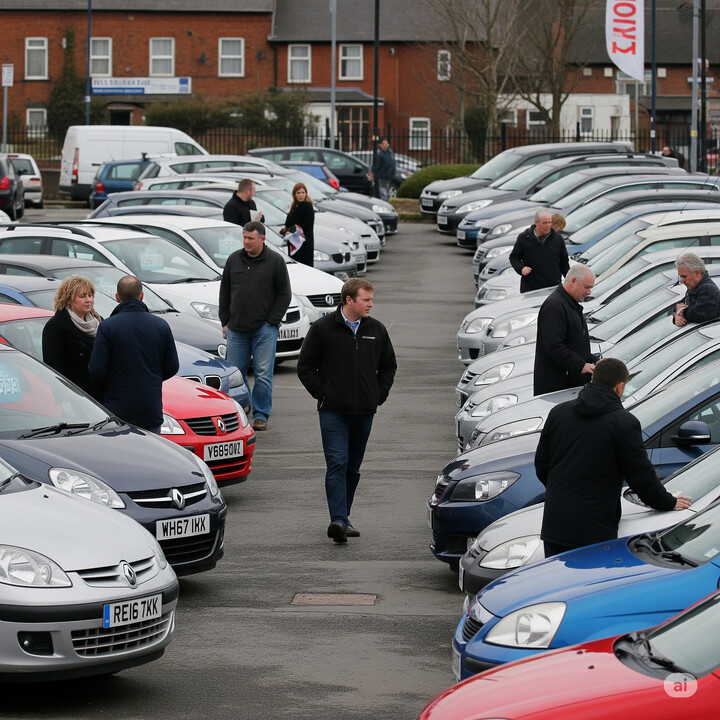
The most recent mileage data for the Peugeot 206 (1998-10) 3-door hatchback indicates that the majority of vehicles have recorded mileages between 70,000 and 80,000 miles, accounting for 25% of the sample. A significant portion also falls within the 60,000 to 70,000 mile range (16.7%) and 100,000 to 110,000 miles (11.1%). Notably, smaller percentages are found at very low mileage levels—under 10,000 miles (2.8%)—and very high levels over 160,000 miles (2.8%), suggesting a spread of usage from very low to quite high milages. The distribution is relatively balanced across mid-range mileages, reflecting a typical spectrum of vehicle usage for this model.

vehicle values
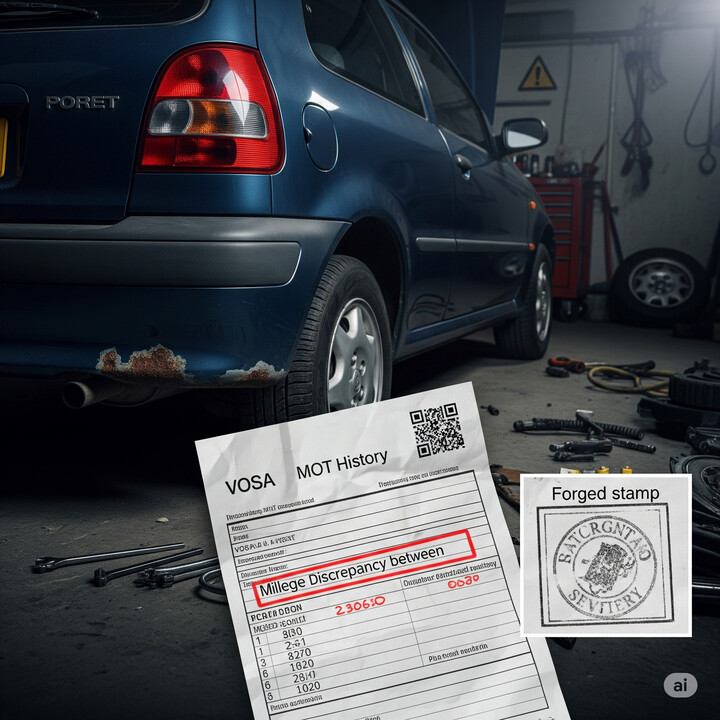
The available data indicates that the private sale price for a Peugeot 206 (1998-2010) 3-door hatchback 1.1 Entice model is consistently valued at or below £1,000. Specifically, the entire range of private sale prices falls within the £0 to £1,000 bracket, accounting for 100% of the data sample. This suggests that the vehicle generally has a low market value when sold privately, likely reflecting its age, condition, and market demand.

production years
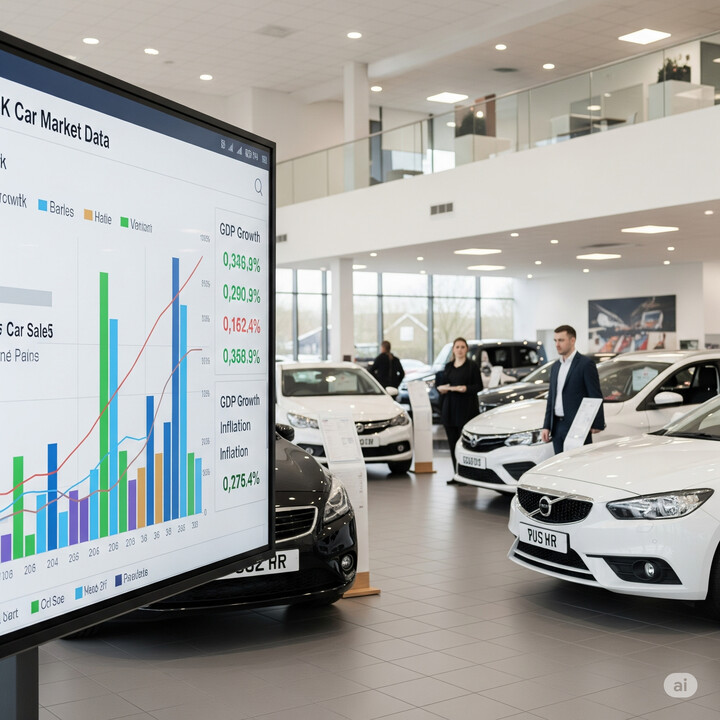
The data indicates that all of the sampled Peugeot 206 (1998-10) 3DR Hatchback 1.1 Entice vehicles are manufactured in 2003, suggesting a strong prevalence of this model from that particular year. This could imply that the 2003 models dominate the market or are more available for inspection. No information is provided about vehicles from other years within the range, highlighting a possible concentration around this specific manufacture year.

colour popularity
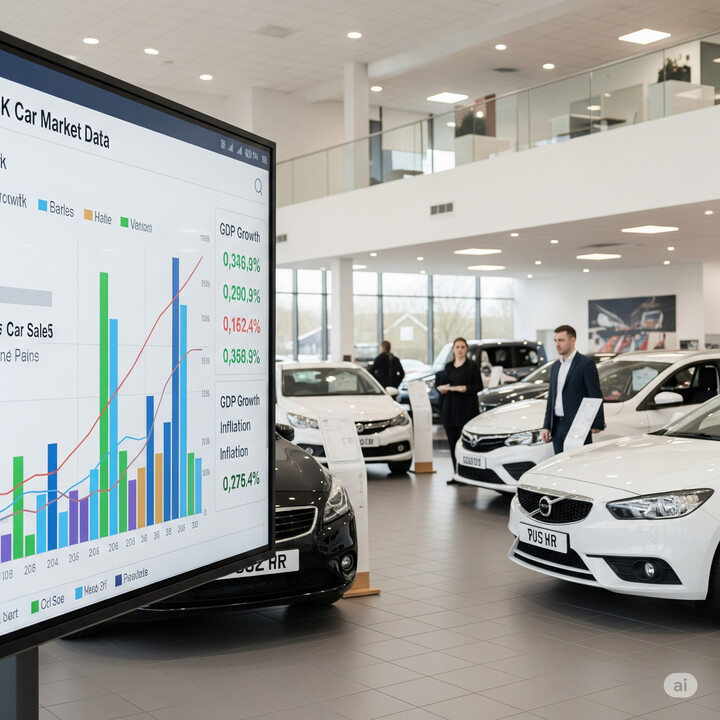
The data indicates that among the 'PEUGEOT 206 (1998-10) 3DR HATCHBACK 1.1 ENTICE' models, a majority of vehicles feature a Blue paint colour, accounting for 61.1%, while Silver is observed on 38.9% of the vehicles. This suggests that Blue is the most popular main body paint colour for this model, highlighting a preference among buyers or manufacturers for this colour choice during that period.

ownership cycle

The data on registered keepers for the Peugeot 206 (1998-2010) 3-door hatchback 1.1 Entice indicates a varied distribution of ownership. Notably, a significant portion—22.2%—of these vehicles have had six registered keepers, suggesting some cars may have experienced frequent ownership changes over their lifespan. Additionally, over half of the vehicles (approximately 50%) have had between one and five owners, with 11.1% each for one and five keepers. Interestingly, a smaller segment, 2.8%, have had nine or twelve keepers, highlighting a minority with particularly high turnover. Overall, the data suggests that while many vehicles experience multiple owners, the number of keepers tends to cluster around lower figures, but with notable exceptions.

engine choices

The data indicates that all PEUGEOT 206 (1998-10) 3DR Hatchback 1.1 Entice vehicles in the sample are equipped with a 1124cc engine capacity, and 100% of them run on petrol fuel. This suggests a uniformity in both engine size and fuel type across these vehicles, reflecting a standard configuration for this particular model during that period.












